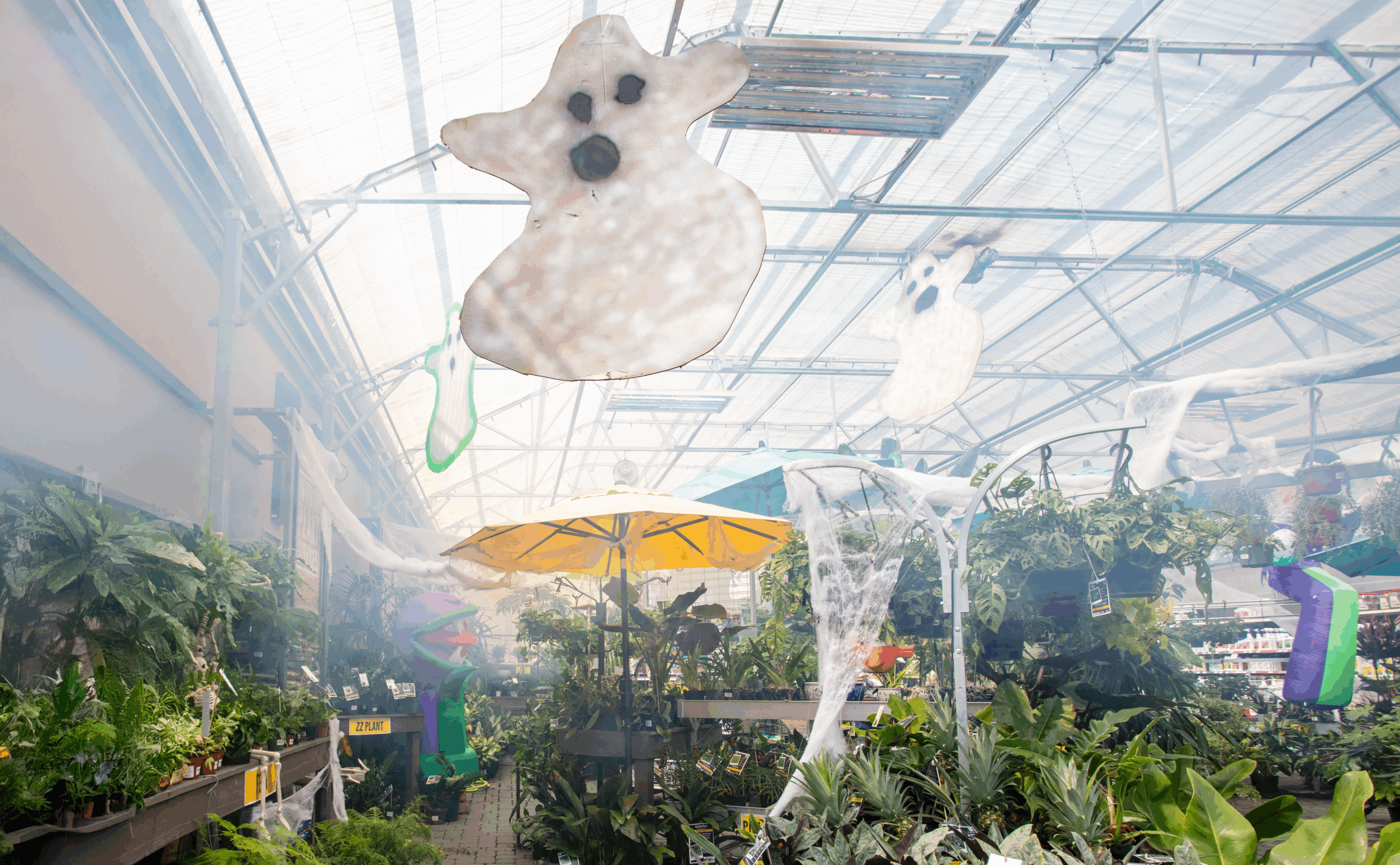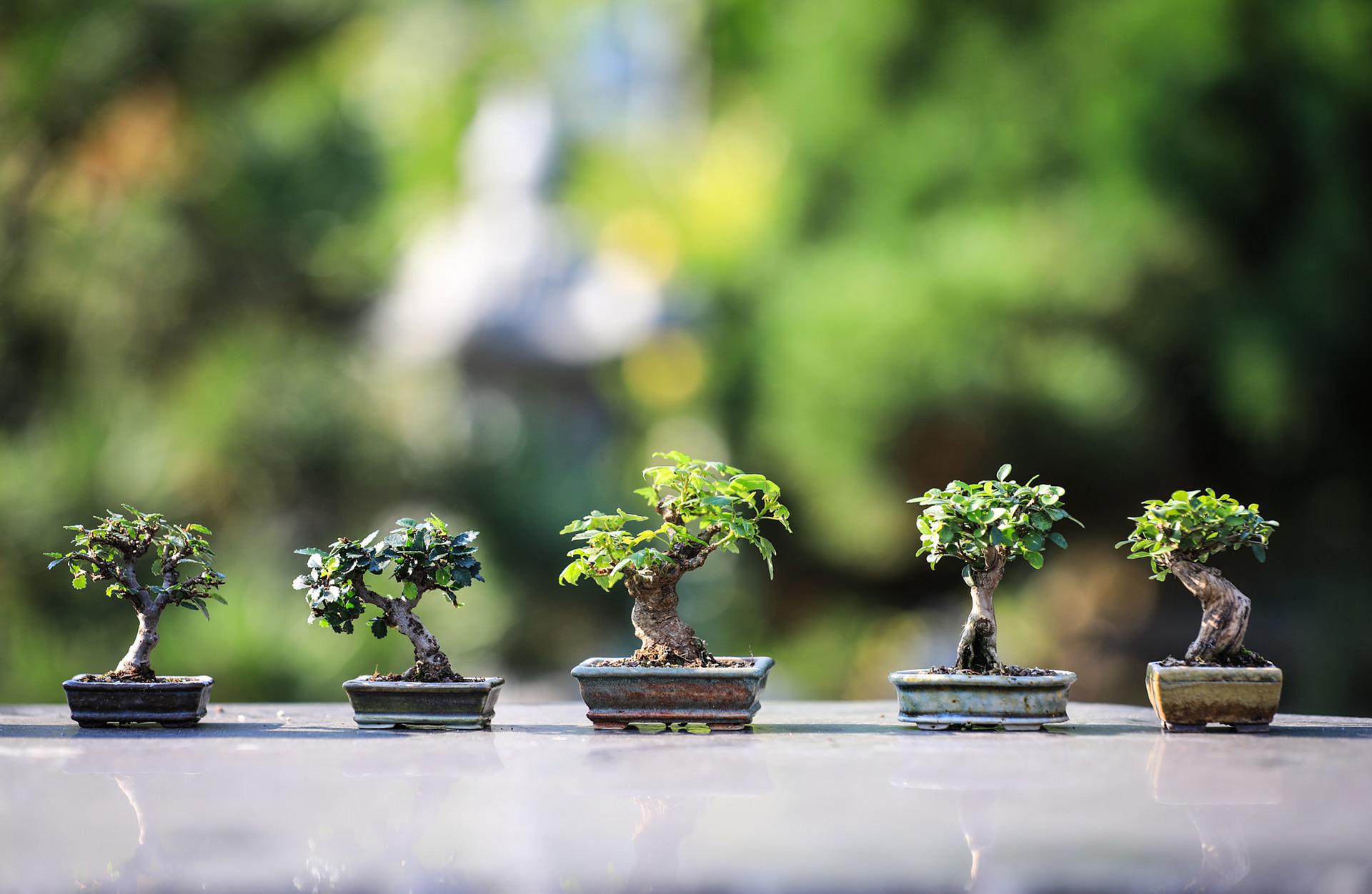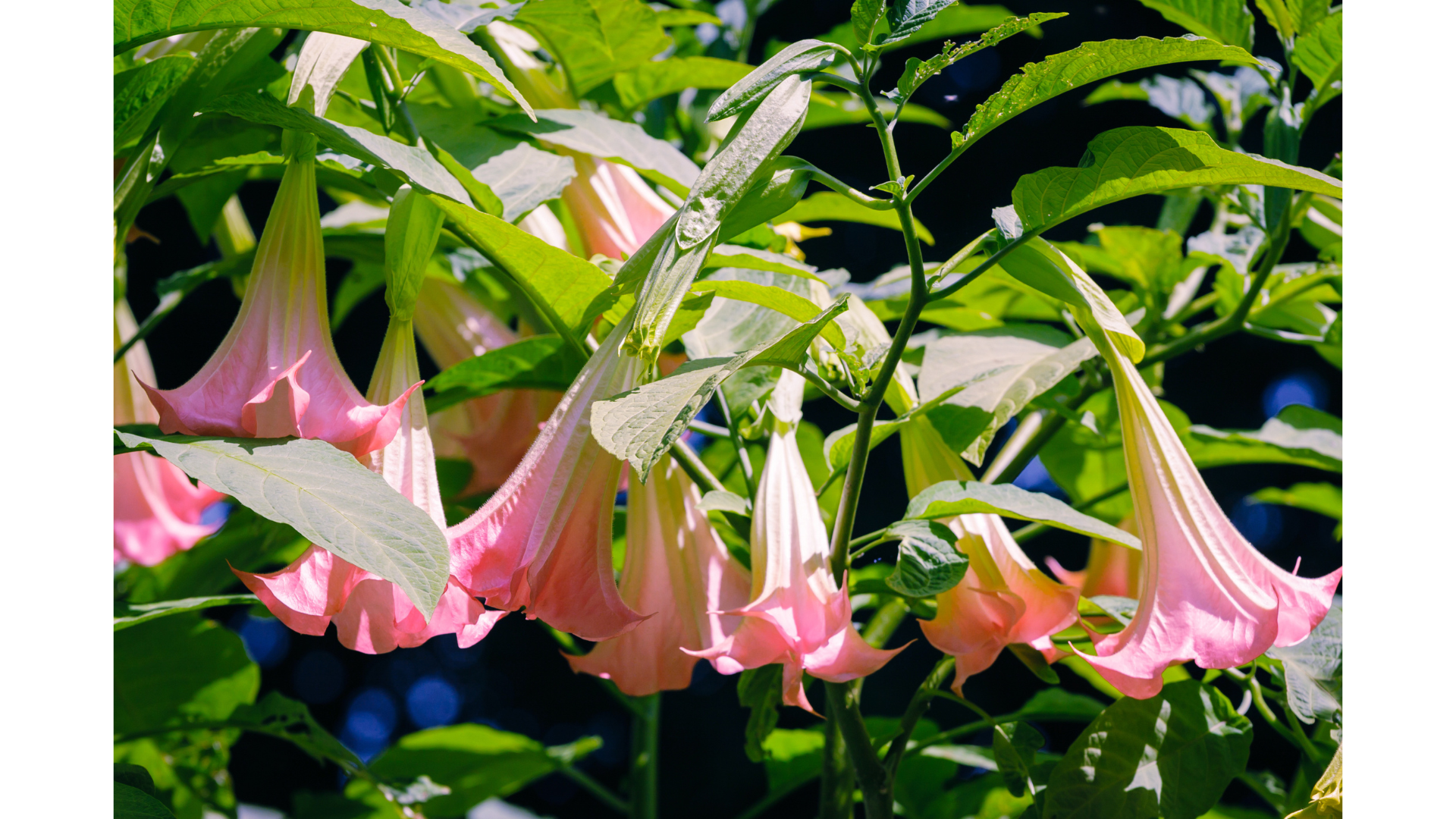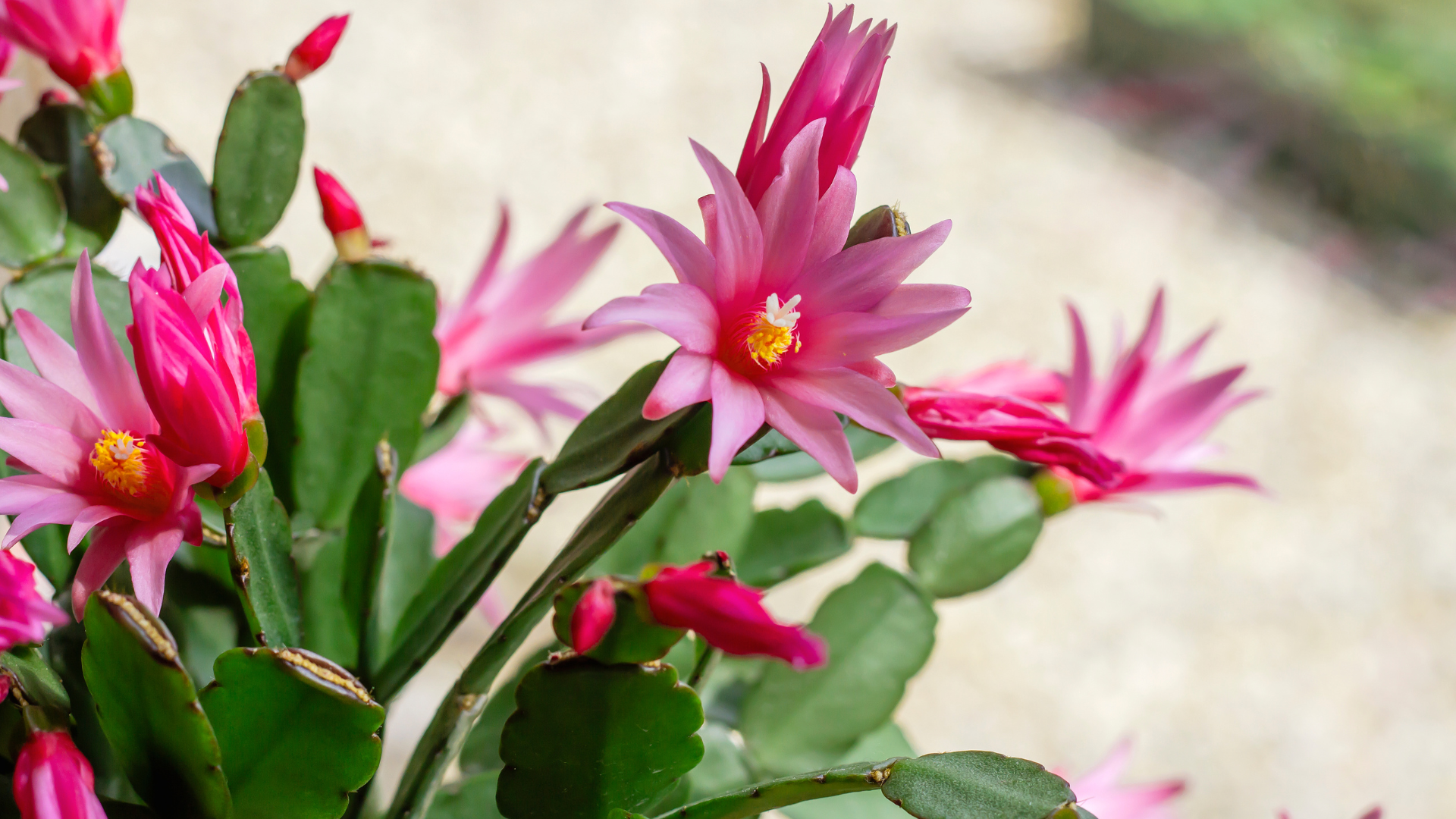Share
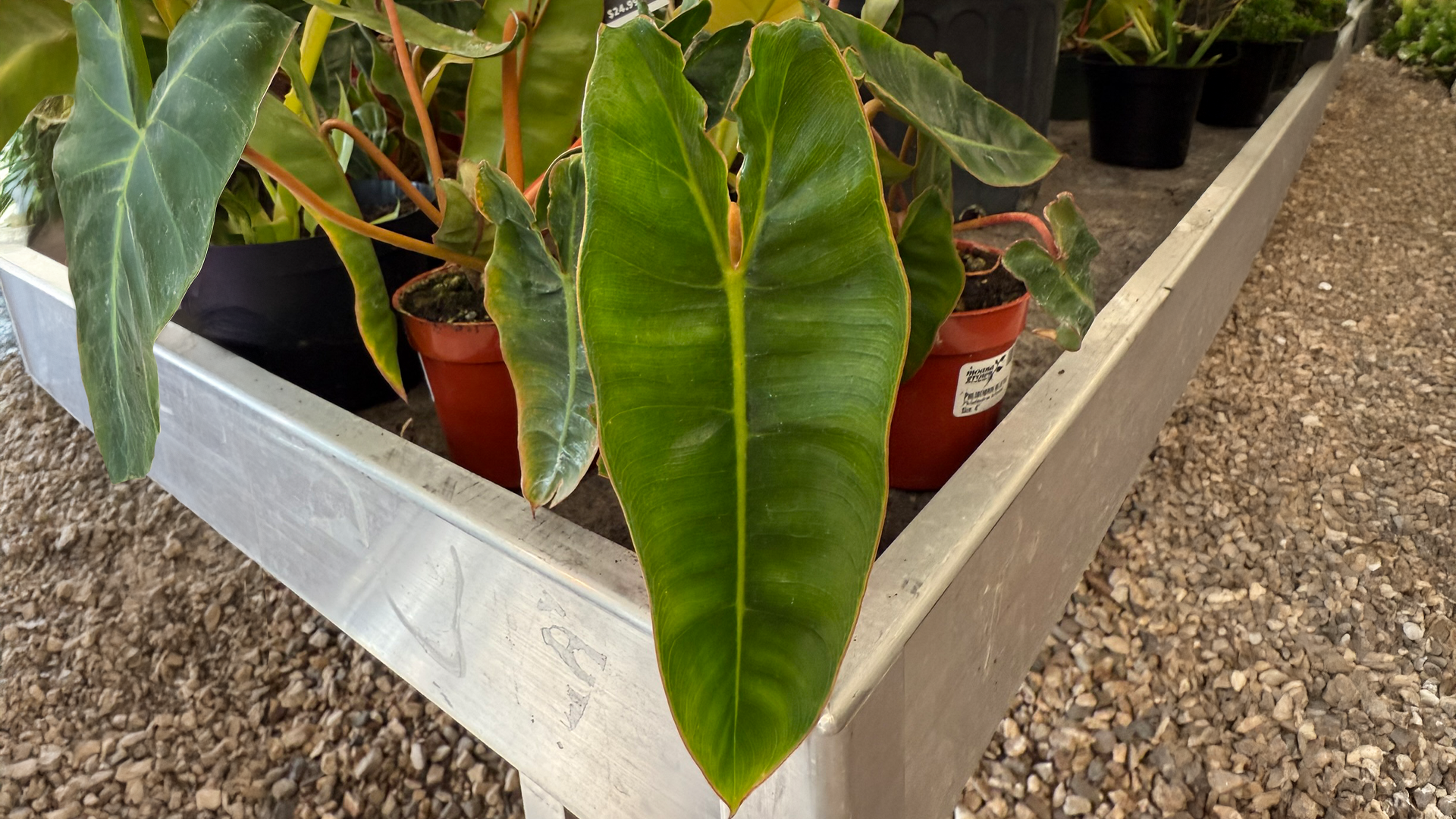
Discover the Elegance of Philodendron Billietiae
If you’re a plant enthusiast looking to add a touch of exotic elegance to your indoor garden, the Philodendron Billietiae is a standout choice. Renowned for its stunning foliage and relatively easy care requirements, this tropical plant has captured the hearts of plant lovers worldwide.
What Makes Philodendron Billietiae Special?
- Striking Aesthetics: Philodendron Billietiae boasts large, heart-shaped leaves with striking colors. The dark green foliage is often accented with lighter veins or splashes of other colors, creating a visually appealing contrast that makes it a centerpiece in any room.
- Unique Leaf Structure: Unlike many other philodendrons, the Billietiae features elongated leaves that can reach impressive sizes, sometimes growing up to several feet in length. The glossy texture of the leaves adds to its luxurious appearance.
- Air-Purifying Qualities: Like many plants in the Philodendron family, Billietiae helps purify the air by removing toxins and releasing oxygen. This makes it not only a beautiful addition to your home but also a beneficial one for your health.
- Low Maintenance: Despite its exotic look, the Philodendron Billietiae is relatively easy to care for, making it suitable for both novice and experienced plant owners. Its resilience ensures it can thrive in various indoor environments with minimal fuss.
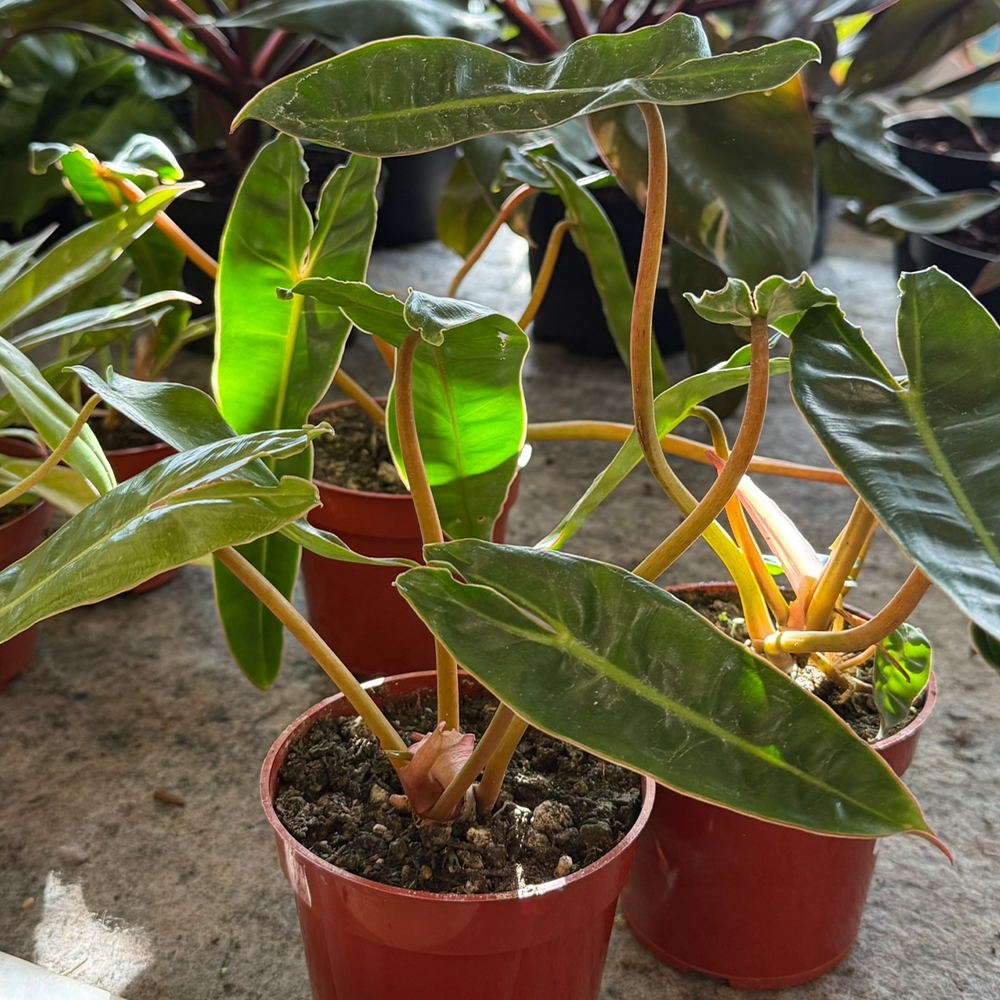
Care Tips for Philodendron Billietiae
To ensure your Philodendron Billietiae remains healthy and vibrant, follow these essential care guidelines:
- Light Requirements:
- Bright, Indirect Light: Place your plant in a spot where it receives plenty of indirect sunlight. Direct sunlight can scorch the leaves, while too little light may cause the plant to become leggy.
- Avoid Dark Corners: Ensure the plant is not placed in low-light areas, as this can hinder its growth and diminish its vibrant foliage.
- Watering:
- Consistent Moisture: Keep the soil consistently moist but not waterlogged. Water the plant when the top inch of the soil feels dry to the touch.
- Drainage: Ensure the pot has good drainage to prevent root rot. Avoid letting the plant sit in standing water.
- Humidity and Temperature:
- High Humidity: Philodendron Billietiae thrives in environments with high humidity. To increase humidity levels, consider using a humidifier or placing a tray of water near the plant.
- Temperature: Maintain indoor temperatures between 65°F and 80°F (18°C – 27°C). Protect the plant from cold drafts and sudden temperature changes.
- Soil and Potting:
- Well-Draining Soil: Use a rich, well-draining potting mix. A blend designed for aroids, containing components like peat, perlite, and orchid bark, works well.
- Repotting: Repot the plant every 1-2 years to provide fresh soil and accommodate growth. Spring or summer is the best time for repotting.
- Fertilization:
- Balanced Fertilizer: Feed your Philodendron Billietiae with a balanced, water-soluble fertilizer every 4-6 weeks during the growing season (spring and summer).
- Reduce in Winter: Cut back on fertilization during the fall and winter months when the plant’s growth naturally slows.
- Pruning and Maintenance:
- Remove Dead Leaves: Regularly trim any yellowing or dead leaves to encourage new growth and maintain the plant’s appearance.
- Support Structure: As the plant grows, it may benefit from a support structure like a moss pole to help it climb and maintain an upright posture.
- Pest Control:
- Inspect Regularly: Check your plant regularly for common pests such as spider mites, mealybugs, and aphids.
- Natural Remedies: If pests are detected, treat the plant with insecticidal soap or neem oil to keep infestations under control.
The Philodendron Billietiae is a magnificent addition to any indoor plant collection, offering both aesthetic beauty and practical benefits. Its unique foliage and air-purifying qualities make it a desirable choice for plant enthusiasts looking to enhance their living spaces. By following these care tips, you can ensure that your Philodendron Billietiae remains healthy and continues to be a stunning focal point in your home for years to come.
Share
This Halloween season, Pyramid Way Moana Nursery is turning up the fright factor in a way you’ve never seen before.
Bonsai trees are more than miniature plants in decorative pots—they are living works of art that embody harmony, patience, and the deep relationship between nature and human craftsmanship.
With its dramatic, trumpet-shaped flowers and intoxicating fragrance, Angel's Trumpet (Brugmansia) can transform any garden. However, it's important to approach this beautiful plant with care.
Rhipsalidopsis gaertneri, commonly known as Easter Cactus or Spring Cactus, is a stunning succulent that blooms in spring, adding a burst of color to indoor gardens.

